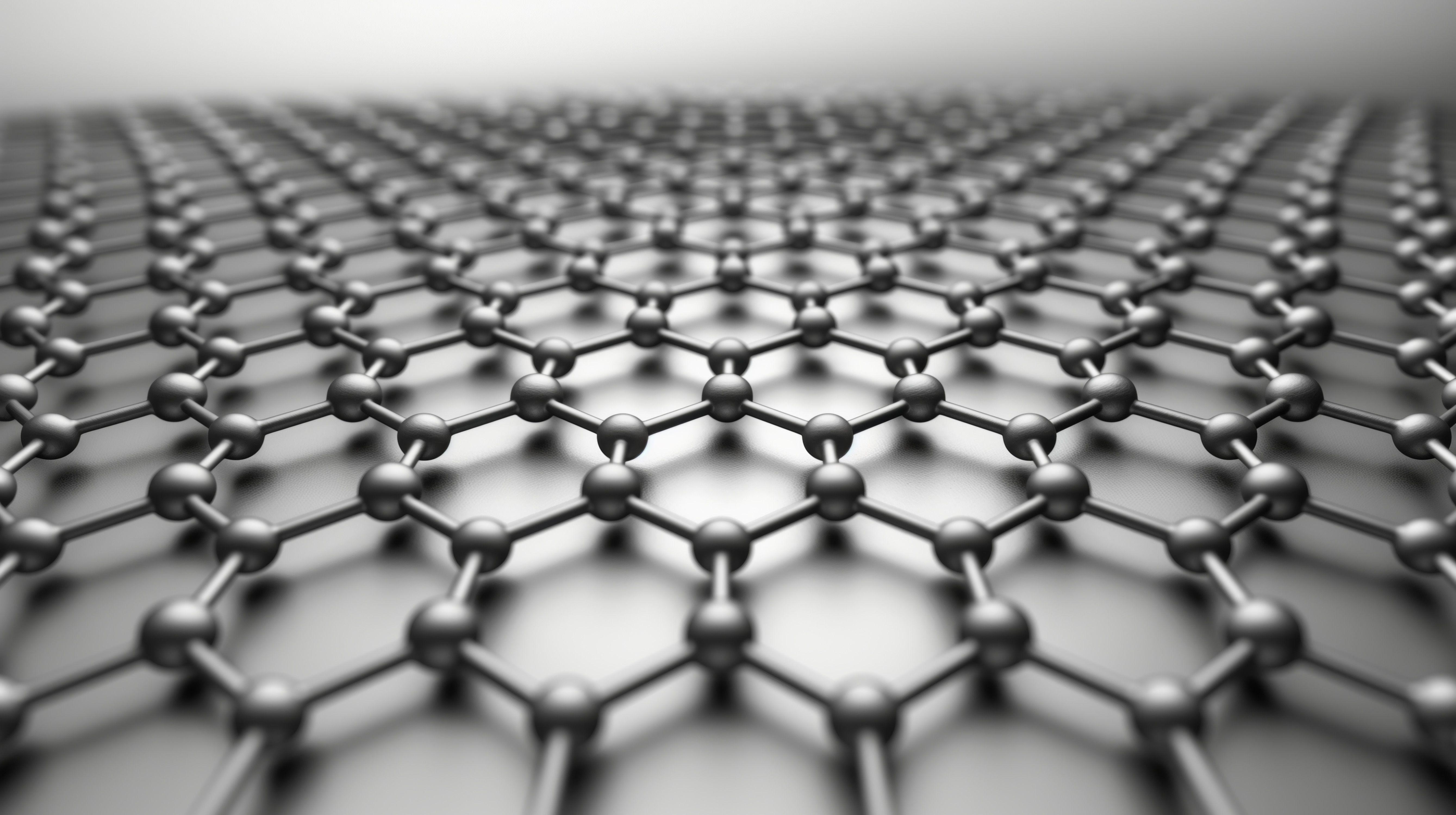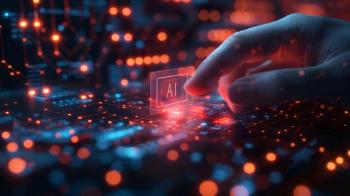
A recent study used fiber optics reflectance spectroscopy (FORS), X-ray fluorescence (XRF) spectroscopy, and Raman spectroscopy to characterize a painted shroud wrapped around a female Egyptian mummy.

Historical Advancements in Graphene Defect Metrology via Raman Spectroscopy

A Look at Spectroscopy and Food Adulteration: Current and Future Challenges

A recent study used fiber optics reflectance spectroscopy (FORS), X-ray fluorescence (XRF) spectroscopy, and Raman spectroscopy to characterize a painted shroud wrapped around a female Egyptian mummy.

In this article, we show a cross-sectional map of a film compared to a depth profile to evaluate the quality of depth profile measurements.

Researchers have proposed an innovative approach to tackling fluorescence interference in Raman spectroscopy by using LEGO blocks as standard samples. This new method offers a low-cost, rugged, and reproducible alternative to the complex liquid mixtures traditionally used in such studies, marking a significant advancement in the field of spectroscopic analysis.

In this study, a glycerol-fed, lab-scale E. coli bioprocess producing representative pharmaceutical compounds was monitored offline with a portable, high-sensitivity Raman spectrometer.

Dmitry Kurouski, an associate professor of biomedical engineering in the department of Biochemistry and Biophysics at Texas A&M University in College Station, Texas, USA, recently spoke to Spectroscopy about Raman spectroscopy’s role in determining crop yield of key food items as the world population continues to increase.

A recent study from Japan used Raman scattering spectroscopy to predict the digestibility of rice starch.

Harun Hano, Charles H. Lawrie, and Beatriz Suarez, et al. from the Department of Physics at the University of the Basque Country (UPV/EHU), in Spain; and the IKERBASQUE─Basque Foundation for Science in Spain have published a research paper in the journal ACS Omega describing the use of Raman spectroscopy with specialized data treatment for the diagnosis of lung cancer.

A recent study examined terahertz (THz) spectroscopy and low-wavenumber Raman spectroscopy and their recent impact on three major industries.

A recent study examines how the integration of artificial intelligence models with Raman spectroscopy can improve the accuracy of pathological diagnoses.

Spectroscopic analytical techniques are crucial for the analysis of environmental samples. This review emphasizes the latest advancements in several key spectroscopic methods, including atomic, vibrational, molecular, electronic, and X-ray techniques. The applications of these analytical methods in detecting contaminants and other environmental applications are thoroughly discussed.

A recent study published in Food Frontiers shows how Raman spectroscopy is being applied in biomedical sciences and what it means for the industry moving forward.

A recent study used Raman spectroscopy to analyze the crystalline state of minerals.

A recent study showcased how a new Raman spectrometer can improve planetary material analysis.

A recent study from Hefei University examined the role that Raman spectroscopy has played in food safety analysis.

A recent study published in the International Journal of Molecular Science shows how Raman spectroscopy combined with machine learning can serve as an improved alternative detection method to preclinical Alzheimer’s diagnosis.

A recent review article discusses four advanced Raman techniques, including surface-enhanced Raman scattering (SERS), Raman tweezers (RTs), tip-enhanced Raman scattering (TERS), and Raman mapping/imaging (RM/RI), and how these techniques are being applied for the detection of micro- and nanoplastics.

Spectroscopy published stories this work that covered topics such as fluorescence spectroscopy, Raman spectroscopy, and hyperspectral imaging.

Researchers have developed a new substrate for surface-enhanced Raman spectroscopy (SERS) using two-dimensional amorphous titanium dioxide/silver (a-TiO2/Ag) nanosheets. This innovation promises significantly higher sensitivity and better uniformity in detecting various substances, potentially transforming applications in analytical spectroscopy and materials science.

A recent study examined how advancements in Raman spectroscopy have aided breast cancer diagnosis and treatment.

A research team from the Manipal Academy of Higher Education in India examined how Raman spectroscopy and machine learning can be used to classify microplastics in water sources.

Below is a compilation of articles from our Molecular Spectroscopy Workbench column.

Spectroscopy sat down with Jeanette Grasselli Brown to discuss her early life and how she got started working in chemistry.

Jiangsu University scientists developed Raman-based system for detecting aflatoxin B1 (AFB1), a byproduct of the most common fungus that can arise in moldy peanuts.

Spectroscopy published stories on Raman, infrared spectroscopy, UV-vis, and more. Here are the top reads from the week.

Chinese scientists recently tested the potential of serum surface-enhanced Raman spectroscopy (SERS) for early differential diagnosis of pancytopenia-related diseases.